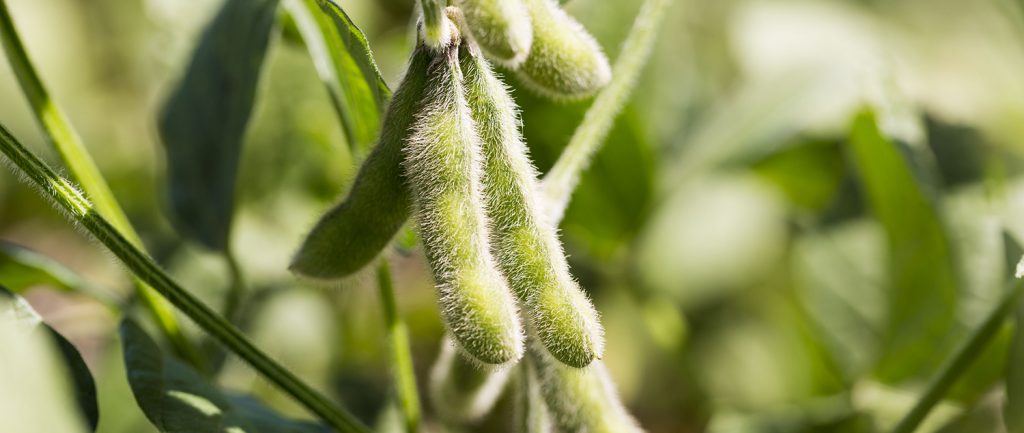Are Neonicotinoid seed treatments a sound investment?
With narrow margins anticipated in the coming year, every expenditure needs to be considered and evaluated. The use of neonicotinoid (neonic) seed treatments is a hot topic as evident from a recent article about effectiveness published by Bob Koch, University of Minnesota Extension entomologist, and an article in the Minneapolis Star Tribune about environmental impacts. These articles lead to one question for soybean growers in Minnesota; Are neonicotinoid treated seeds a sound, responsible investment for a farmer’s production system?
One factor Koch recommends considering is the effectiveness of neonic seed treatments for insect control in soybeans. Because neonics offer only a narrow window of protection, approximately three weeks, they are most effective in certain environments. These environments include land that was in CRP or pasture the previous year, land that had recently incorporated animal manure or green cover crops, land used for double cropping, or land used for specialty purposes including growing seed or food-grade crops. If these conditions are not present in your field, research indicates neonic seed treatment will provide little economic benefit.
The primary insect pest of soybeans, aphids are seldom impacted by neonic seed treatments. Soybean aphid populations are typically highest, and most impactful, during midsummer. By this time the insecticide level provided by neonic seed treatment is seldom sufficient to protect the crop. Research continues to show that timely foliar insecticide applications are more effective and economical for managing soybean aphids.
Environmentally, there has been much discussion between researchers and government agencies regarding the potential negative impacts on non-target pests such as pollinators due to neonic exposure. Targeted insects like aphids will also be more likely to develop resistance if they survive multiple rounds of insecticide treatments, such as the use of a neonic seed treatment followed by a foliar application of neonicotinoid.
“There is no doubt neonicotinoids can work when the target insect is present,” says Minnesota Soybean Director of Research, Dr. David Kee. “However, effectiveness largely depends on which pests are being managed and what growing conditions are present in a given field. Given current crop prices, it will be important to consider all input costs, including neonic seed treatments, to make sound farming decisions.”
Read Bob Koch’s entire whitepaper here: The Effectiveness of Neonicotinoid Seed Treatments in Soybean
Tags: neonicotinoid






